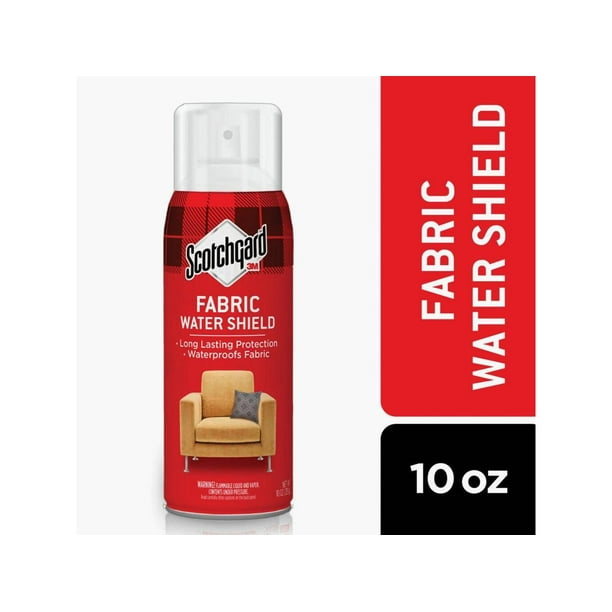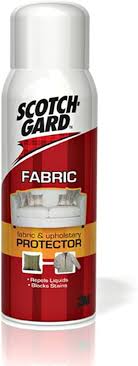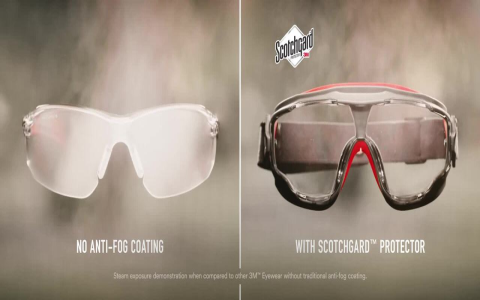Is Scotchgard Safe to Breathe?
When home decoration enthusiasts vow to glamorize their living spaces, they often turn to an array of commonly used products. Among these, fabric protector sprays like Scotchgard become an iconic reference for enhancing the resilience of everyday-use items. But as much as they focus on aesthetics and convenience, an essential concern frequently arises regarding the safety of products like Scotchgard when respiratory exposure is considered. This article dives deep to explore how safe it is to breathe in Scotchgard particles.

Scotchgard, a brand synonymous with fabric protection, was initially developed by 3M, a corporation renowned for its diverse portfolio of consumer goods. Its primary aim is to create a protective coating that repels stains and helps maintain the cleanliness of fabrics. However, with increasing awareness about the health implications of chemical substances, this discussion on safety becomes paramount.
The Chemical Composition of Scotchgard
Before delving into the health considerations, let’s understand what Scotchgard is made of. The original formulation of Scotchgard contained per- and polyfluoroalkyl substances (PFAS), which included PFOS (Perfluorooctanesulfonic Acid) and PFOA (Perfluorooctanoic Acid). These compounds are notorious for their persistence in the environment and potential adverse health effects, ranging from developmental issues to certain types of cancer. Recognizing these risks, 3M and other manufacturers have reformulated their products to exclude these long-chain PFAS compounds.
Potential Respiratory Risks
With the reformulation, the concerns over PFAS-related respiratory hazards have been largely addressed. However, inhaling any aerosolized substance can still pose risks. Here’s what you need to know:
- Immediate Sensation: Upon direct exposure, users might experience discomfort like nose or throat irritation.
- Long-term Exposure: Continuous exposure to less familiar chemicals still requires caution, as the long-term effects are not fully known.
Safety Measures
When using Scotchgard or any similar product:
- Ventilation: Use in well-ventilated areas. Open windows or doors to prevent fume accumulation.
- Masks: Wear a mask designated for chemical protection if you’re concerned about breathing in particles.
- Label Instructions: Always adhere to the safety instructions on the product label.
Industry Response and Regulations

In response to public health concerns, companies like 3M have initiated a wide-scale effort to find
safer alternatives. Many countries now regulate the use of PFAS compounds in consumer products, leading to a demand for safer substitutes.
Alternatives and Natural Solutions
For those particularly concerned about breathing in potential toxins, here are some more natural approaches:
- Natural fabric protectors: There are eco-friendly options made from plant-based ingredients.
- DIY Solutions: Ingredients like beeswax and olive oil can offer some level of protection with significantly reduced risk.
To sum up, although the contemporary versions of Scotchgard are safer due to the removal of long-chain PFAS, caution remains advisable. Health-conscious individuals should consider alternative protection methods or adhere strictly to usage guidelines for the conventional products. Your living space deserves not only beauty but a breath of fresh air. Your health, after all, is the ultimate decor.



